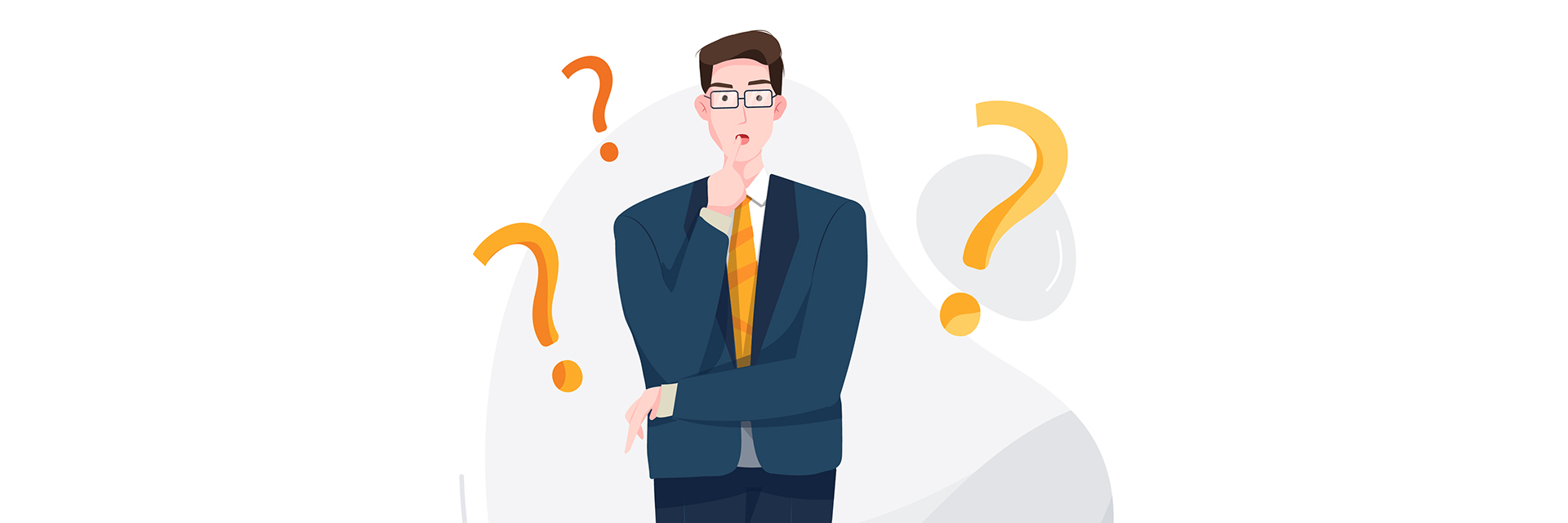3rd June 2021
Building a waitlist for your SaaS audience
SaaS – Software-as-a-service, commonly referred to as cloud-based software, is everywhere. SaaS has been deployed globally for almost every type of business technology, from small to international-sized companies.
So why are businesses using SaaS? There are several reasons behind the growth and popularity of SaaS; the applications remove issues such as long, painful installations, upfront/one-off payments and strict contracts. But in short, the systems are more flexible and affordable.
If you’re researching SaaS the search results are endless, so as a starting point we have put together nine things you should know about Software-as-a-Service.
SaaS provides access to applications via an internet connection, opposed to a physical installation on-premise. SaaS products are hosted centrally, maintained and updated by a provider.

Instead of buying software at an upfront or one-off fee, SaaS is typically paid through a subscription model, which generally includes most fees, like support and licensing.
A SaaS company creates, develops, hosts and maintains a Software-as-a-Service product(s). SaaS companies have the opportunity to create products for the global market, so they can scale and adapt as required.
Typically, SaaS companies develop and maintain products, but additional operations are required, such as a core sales model, marketing and customer success.
Want to talk about your SaaS idea or product? Book your free consultation today.
There will be several examples of Software-as-a-Service products that you’re familiar with, but you may not have recognised them as SaaS.
Google Apps
Google offers businesses a vast suite of tools to improve productivity, things like Google Drive for file storage across any device, shared calendars, professional email, video meetings and more.
Microsoft Office 365
Obviously Microsoft applications like Word, Powerpoint and Excel have been some of the longest serving examples of workplace necessities but the cloud-based Microsoft Office 365 created a new suite of tools. Users can create, share and collaborate on projects online, both inside and out of their organisation.
Dropbox
Dropbox provides seamless storage for files and documents across your devices. Any time files are added to Dropbox storage they are automatically accessible so that professionals can start a project from any device and pick it up wherever they need to. Users can collaborate easily through invitational access with password-protection.
DocuSign
DocuSign is electronic signature technology, designed to support the exchange of contracts digitally. Users can send, sign and access business documents from anywhere, saving wasted time and securing instant approval.
Slack
Slack has changed business communication. With DM or group instant-messaging, editable document sharing, team meeting, invite only options and more, Slack is where colleagues are interacting. Files, messages and notifications are all indexed and can be searched for, providing easy access.
While there isn’t an exact date to pinpoint, the popularity of SaaS has been continually growing as web technology has developed.
Businesses have been looking for simpler, more reliable and competitively-priced solutions in recent years, which has led to a rapid growth of SaaS products.
Cloud software is everywhere and shows no signs of slowing down.
The short answer is yes, SaaS is customisble.
The software is flexible to have modifications meeting a business’s criteria and features can be turned on and off as businesses please. Users can also customise their personal dashboard in many cloud-based systems, creating an easy to use platform, showing them exactly what they need to see.
For the most part, the ownership of Software-as-a-Service data is owned by a business, just stored in the cloud.
Service Level Agreements (SLAs) typically outline the ownership of data, located on vendor servers, with accompanying information on retrieval of data.
SaaS contracts generally include data accessibility for instances such as the SaaS vendor going out of business. Most vendors provide the functionality for data exports and local back ups too, but it’s worth making sure you understand all the terms included in an SLA before signing.
Security solutions provided by SaaS products are top level, so the risks of data breaches are low. In certain examples, SaaS providers can create firewalls for clients who require them to secure critical data.
Many businesses prefer to keep data and applications internal as they feel it heightens security but there are still imperfections, which also present low-risk security problems.
No. Realistically if you are to ask someone about your SaaS product their feedback won’t be as useful as finding the users who are willing to buy.
Your SaaS product is a solution for a problem, so you are more likely to secure integral funding by sharing your vision than to go bust trying to create a perfect product.
The challenge however cannot be underestimated. It’s easy to get testers to tell you the things you want to hear or need to know, but it’s a much more difficult task to get buy-in.
The key to long-term success is all about your relationship with potential users, if you can showcase how and why your SaaS product will benefit them, you’ve already won half the battle!
This can be completely dependent on the type of business. There are examples of specialist or niche businesses that are in no rush or have no need to change their software, businesses who are on the fence and those that are ready to go.
It’s all about understanding whether or not SaaS is the right option:
Generally speaking, if a business is looking for new tech, cloud is now the norm.

2nd July 2021
Answering SaaS founder FAQs

26th May 2021
Is my idea SaaS-suitable?

22nd May 2021
Getting started with idea validation
Conversion-led with proven R.O.I. success
Instant results, long-lasting impact.
Vast experience
Established since 2003, servicing local businesses and global brands.
Friendly and proactive support
We build personal connections, ensuring your brand is in safe hands.
We'd love to discuss your project
Tell us about your project and get a quote.
Are you in need of more business?
We can double your conversion rates by optimising the user experience
Get a FREE UX audit on your website